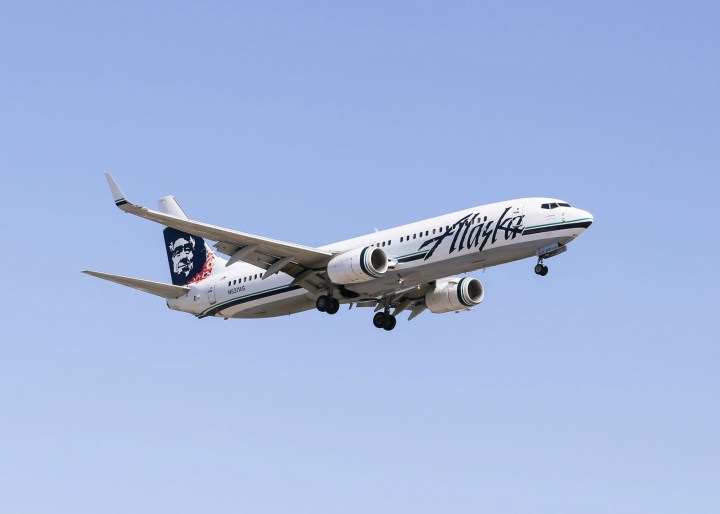
In the first study to take a closer look at the future of what is being called “severe turbulence,” involving “random up-and-down motions that are stronger than gravity,” scientists believe that climate change could be making this phenomena two to three times more common than it is today. That would mean that walking around a plane, attempting a food service, or even holding some items could become impossible.
The study determined that the average amount of light turbulence will see a 59 percent increase, while light-to-moderate turbulence is said to increase by 75 percent. On the higher end of the spectrum, moderate turbulence is said to go up by 94 percent, moderate-to-severe by 127 percent, and severe by 149 percent. These increases are due to the stronger wind shears within the jet stream caused by climate change, and as wind shears become increasingly unstable, so too will our rides in the sky.
“Our new study paints the most detailed picture yet of how aircraft turbulence will respond to climate change,” said Dr. Paul Williams, who conducted the research. “For most passengers, light turbulence is nothing more than an annoying inconvenience that reduces their comfort levels, but for nervous fliers even light turbulence can be distressing. However, even the most seasoned frequent fliers may be alarmed at the prospect of a 149 percent increase in severe turbulence, which frequently hospitalizes air travelers and flight attendants around the world.”
In the study, Williams and his colleagues simulated how wintertime transatlantic clear-air turbulence would change at around 39,000 feet above Earth’s surface when the atmosphere contains twice the amount of carbon dioxide it does today. Those new levels of CO2 are expected to become a reality later this century.
Williams concluded, “My top priority for the future is to investigate other flight routes around the world. We also need to investigate the altitude and seasonal dependence of the changes, and to analyze different climate models and warming scenarios to quantify the uncertainties.”


